Deep Woods, the Appalachian Gametophyte, and Ohio Geobotany
Acidophiles
Vaccinium vacillans
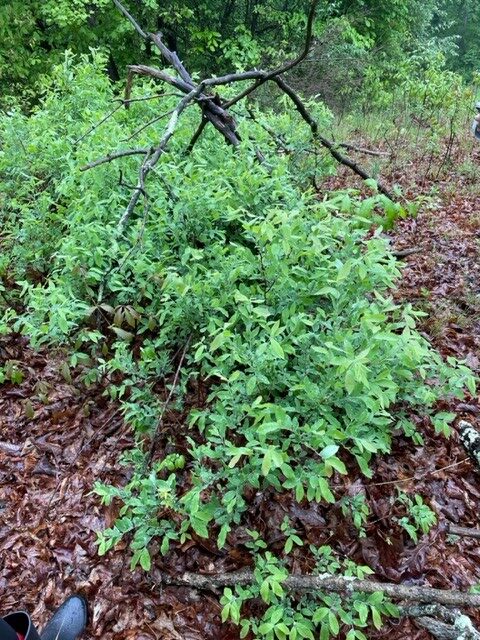
While most blueberries you can buy at the store are Vaccinium corymbosum, or highbush blueberries, this native lowbush blueberry, Vaccinium vacillans, taste just as good.
Quercus montana

For some reason squirrels prefer to eat chestnut oak acorns immediately rather than caching them like other acorns such as red oak.
Rhododendron maximum

Rhododendron means “rose tree” in Greek, although this species is commonly called “great laurel”.
Oxydendrum arboreum
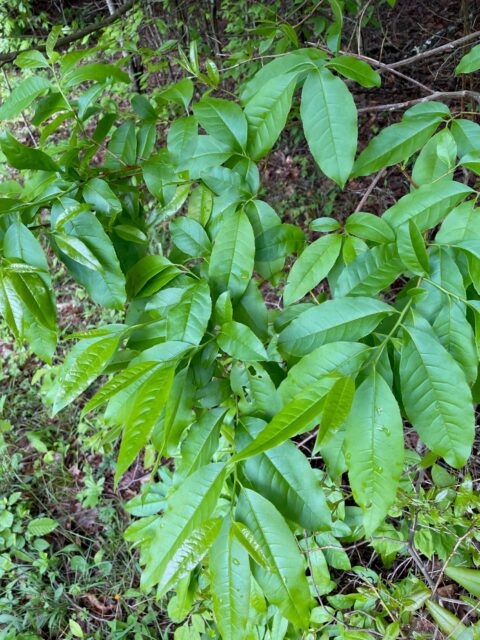
As the common name “sourwood” almost suggests, the leaves of this tree are sour. On the other hand, the unique and sweet honey produced with the nectar from its flowers is greatly sought after.
Ferns
Adiantum pedatum
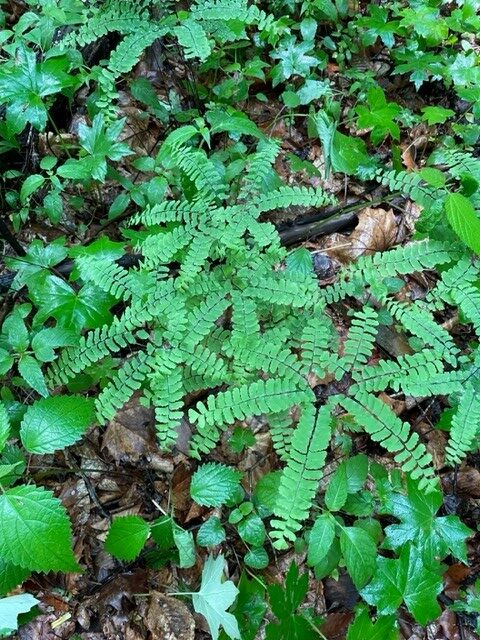
Maidenhair ferns have arc-shaped monomorphic fronds, and false indusiums. They are a decently common houseplant, although end up quickly dying at the hands of inexperienced botanists.
Osmunda claytoniana
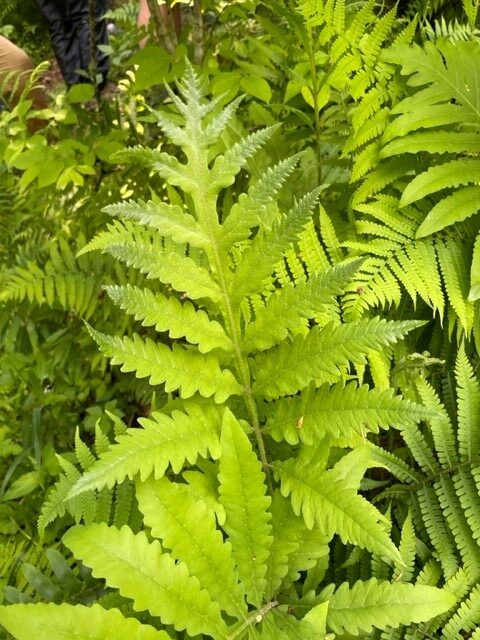
Sensitive ferns have holodimorphic bipinnatifid fronds with peltate indusium. This species is not only very sensitive to frost, but also drought.
Osmunda cinnamomea

Cinnamon ferns are holodimporphic with pinnate-pinnatifid fronds. This species can grow very tall, reaching ~6 feet in the right conditions.
Polystichum acrostichoides

Christmas ferns are heteromorphic with pinnate fronds and peltate indusiums. This is one of the most common species in the state.
Vittaria appalachiana
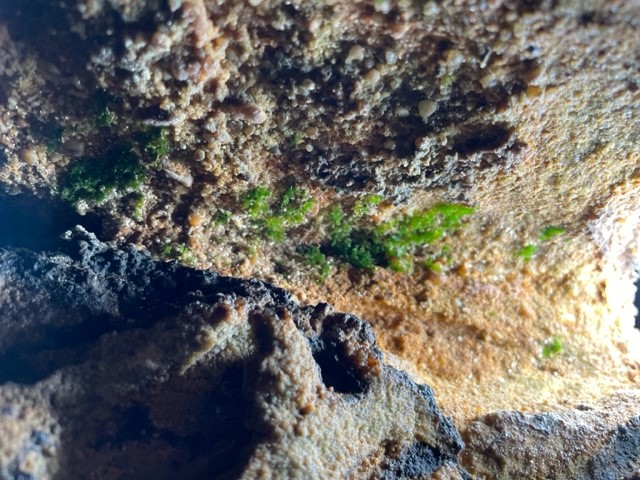
The Appalachian gametophyte is unique as it lacks sporophytes other moss species use to reproduce. Instead of being made up of the gametophyte and sporophyte duo like normal, this species only uses its gametophytes to spread itself in sandstone caves. While too large for long-distance wind dispersal, the gemmae of Appalachian gametophyte are probably spread in short distances through water, wind, and animals. It has been found that these animals that disperse gemmae in bryophytes can even include small organisms like slugs, and ants. The slow rate of dispersal by this species is demonstrated by its lack of existence in past glaciated regions of the state. While the species has been shown to be able to survive in these regions, they have not naturally spread leading to the conclusion that they lost their sporophytes that aided with dispersal sometime after the last ice age. This species is not likely being supported by long-distance fertilization by other species due to past allozyme studies showing no hybridization. The most likely explanation for this species current range is that the species previously had sporophytes that allowed it to disperse across the Appalachian Mountains when the climate was warmer.
Invasive Species
Lysimachia nummularia

Creeping jenny is a species native to Europe and Asia that can now be found spread along the ground in moist regions of the state. The use of this species in landscaping has likely contributed to its invasion of the state. They outgrow native ground cover species, and can be managed by manual removal, and herbicide sprays.
Rosa multiflora

Multiflora rose is an invasive species found in 44 US states. Its vigorous growth and high habitat tolerance have made it a recipe for growing out of control. While they do outcompete native shrubs for real estate, this species does provide cover and food for many animal species. Physical removal of this species will combat its spread, as well as applying chemical treatments.
A Couple of Native Tree Species
Tsuga canadensis
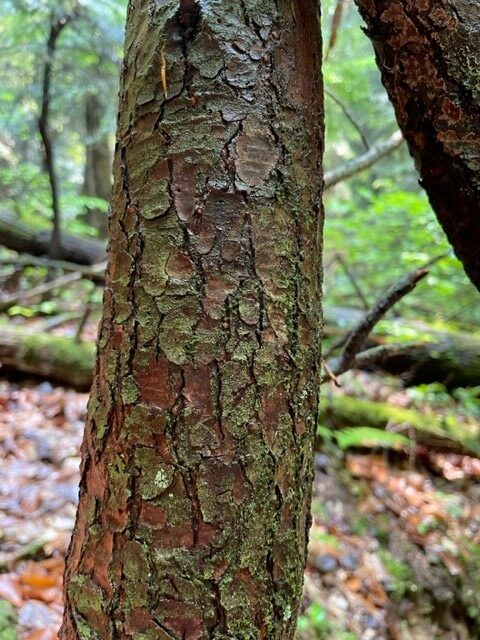
The bark of eastern hemlock is dark and scaly in texture, making it easily distinguishable in most environments.

The needles of eastern hemlock are very small and flat in relation to other coniferous tree species. Their needles undersides are a grayish color and they possess smaller cones than their relatives. This species love of acidic soils may have led them to become the state tree of Pennsylvania.
Fagus grandifolia

Opposite of eastern hemlock, the bark of American beech is light and smooth, often making it a common target of cringey couples carving their initials into them.

American beech trees have alternate, simple leaves that are very toothy. Their buds are orange and color and very scaled. American beech is easily recognizable in the winter when their leaves turn orange and dry, yet some remain on the branch. A very weird characteristic for a deciduous species in Ohio.
